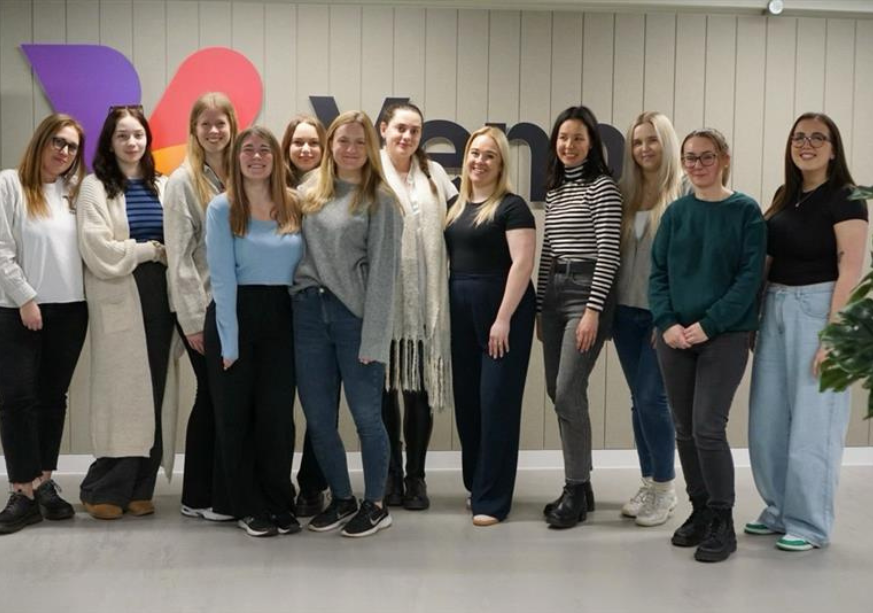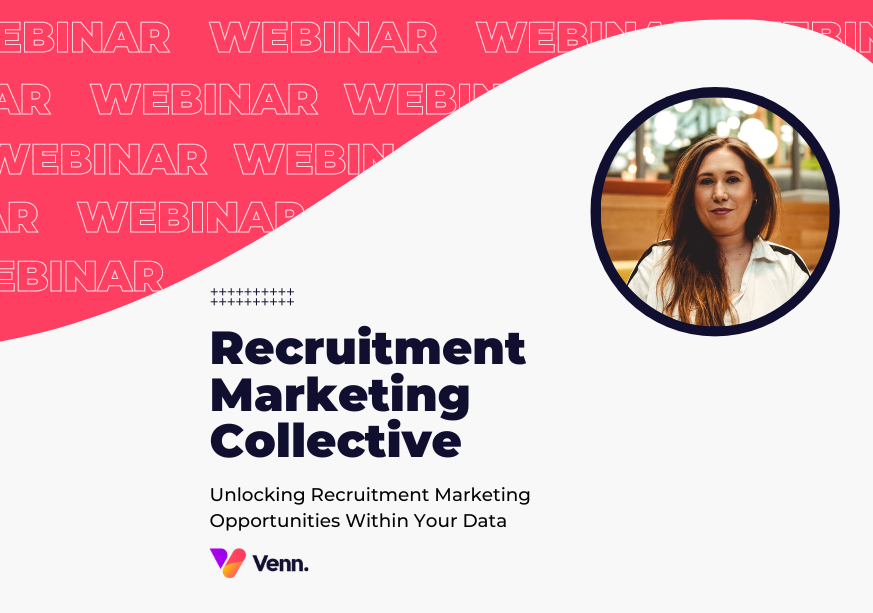
In digital marketing, you absolutely cannot succeed without talent. If you don’t have the technical, creative and design experts to drive campaigns and sales, then your digital business can’t succeed.
That’s all very well, but how do you make sure that you’re finding the best copywriters?
The level of a technical SEO, designer, developer or coder can be verified through the end product, past results or formal qualifications. As someone new to copywriting though, I was recently asked a question that stood out.
How do you know if what you’re writing actually works?
During our time at school we are taught that if grammar is correct and what you’re writing makes sense then you can’t go wrong. If an essay is well-structured and carefully argued, considering both sides of the argument, then you’ve cracked the basics of writing - give yourself an A+!
This definition of good or bad ends in the real world, because copywriting is primarily judged on gut feeling. Your content goes in front of an audience one individual at a time and you hold your breath while they decide whether they like it or not.
The subjective nature of writing is difficult to manage but you must remember that the reader is what matters. What you produce must be interesting, useful or funny, but when you’re writing copy for a website or a blog, it’s not just human readers you’re writing for.
When writing for websites you must avoid duplication and ensure that you’re using the keywords a user would search for without resorting to spam or unnatural writing. This can feel awkward if you try to force keywords into an overall piece but you shouldn’t be doing this anyway.
Google advise us to ‘create a useful, information-rich site, and write pages that clearly and accurately describe your content.’ Obviously content is always written for people and should be aimed at those who are interested in what they’re reading, but as a writer online, Google is never far away.
Here lies the issue, if you want to appear in search engines you have to appeal to readers and Google‘s obsessive algorithms. By distilling content into essential categories of topic based, keyword full pages, there is a worry that copywriters in digital marketing are working to an unnatural SEO formula and forgetting to engage readers.
If your audience are disinterested you’ll notice short session times because the user has jumped ship and decided to go elsewhere for their information. Whether you’re noticing a drop already or not, it is time for copywriters to do more than just churn out keyword heavy pages.
Taking a step back in time
Nostalgia, we’ve all felt it, that whimsical state of being where you’re transported to a wonderful moment in the past. For many years, advertisers have designed their campaigns to tap into these emotions because they are so powerful and I think it’s about time digital marketers did the same.
Nostalgia creates such a powerful connection because our brains cleverly screen memories, leaving only the ‘good bits’. This means that you’ll be feeling all cosy inside with just the slightest hint of nostalgia.
Every experience of nostalgia is unique to the individual and whatever inspired the emotion. Photo albums and your favourite blankie are guaranteed to leave you longing for childhood, but other, often random circumstances are equally effective in connecting you to your rose-tinted past.
The science behind it
“Autobiographical memories have been characterised as emotional, effect-laden memories of past experiences. When advertisements encourage the retrieval of these memories, consumer’s judgement processes can be influenced” (Sujan, Bettman and Baumgarnter: 1993)
Extensive time has been dedicated to researching nostalgia and more recently, studying the relationship between advertising and nostalgia. There is scientific evidence to support the benefits of techniques that trigger past memories. The recollection process activates the hippocampus, a major part of the human brain that is responsible for emotions, so nostalgic moments increase your heart rate and blood pressure.
As these physical reactions are so enjoyable, a positive connection is established between the trigger point of these memories and your pleasant emotional state. Advertisers soon realised that if their campaigns provoked nostalgic recollections, then their brand would be positively associated with the resulting emotional responses.
Fairy, Jack Daniel’s, PlayStation and Lego are all influential brands that have used nostalgia in their marketing campaigns to great success. Lego, created 55 iconic cultural references from ‘The Three Little Pigs’ to Jaws and encouraged people to name the structures. Lego is synonymous with childhood fun and games and by referencing classics, the campaign prompted happy recollections of the past, which secured Lego a 19% increase in brand interest.
Last year’s Sainsbury’s Christmas advert recreated a game of football in the First World War. The success of the advert (which had reached well over 16 million views on YouTube alone at the time of writing) was mainly due to its ability to trigger memories of Christmas and football as a child, while reminding viewers of any family or friends lost to the war.
Nostalgia in copy
When it comes to digital marketing, why shouldn’t a landing page attempt to evoke a childhood memory? I’m sure the first person who created a nostalgic advert was met with doubters, but someone has to take that leap.
Recruitment is an industry where nostalgia could be used to create a connection between the user and the brand. As children we all had aspirational career dreams, whether we wanted to be a singer, fireman, singer or doctor. Where a good copywriter can become great is by referencing these aspirations to create a powerful nostalgic trigger and soften the impression that people sometimes have of driven recruiters.
Across all industries, sentimental triggers exist that allow you to establish lasting connections with customers. As a company that enables users to recall their happy memories, people will have a strong positive association with your brand because of the nostalgia you evoked.
There is no excuse for unengaging copy, but with nostalgic triggers you can create real engagement between your company and those users who land on your page. Although there is no definitive way to write good content, writers should always be creating pieces for their audience to make powerful connections.
By using the influence of nostalgic memories, writers can reach out to their readers and engage them in a way that may not result in instant higher rankings, but will keep people coming back for more. This just happens to be another thing that Google measures.
It seems ironic, but to secure future success with your copywriting, you need to look to the past.
Flickr Creative Commons Image: Richard and Gill Long






